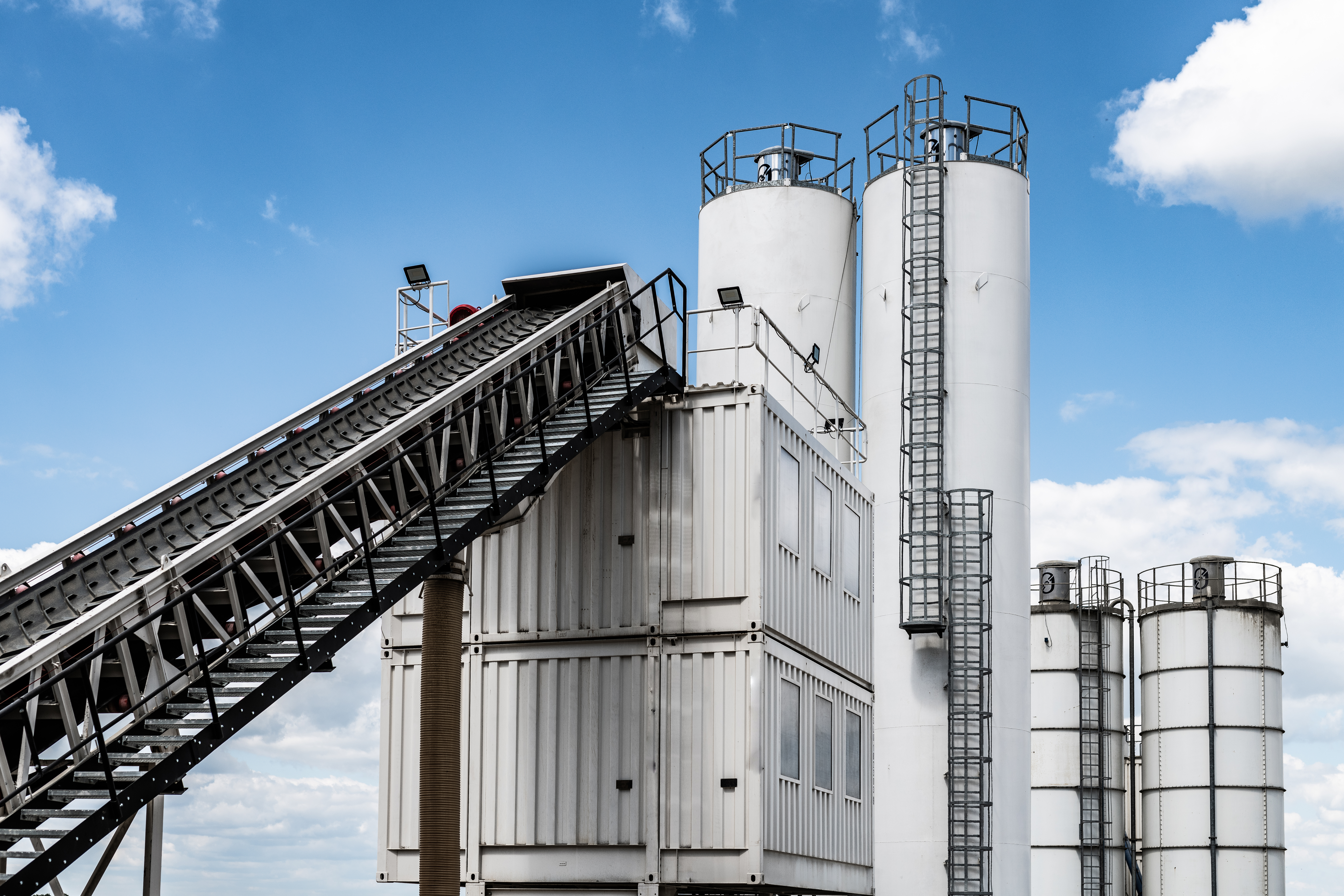Cement, concrete, and steel make up much of the buildings, roads, and other structures we rely on every day, but they come with a climate cost. Production of cement, as the key ingredient in concrete, and steel together produce around 16% of global carbon dioxide (CO2) emissions.
The good news is that momentum around industrial decarbonization has grown in recent years (see Figure 1 below). The U.S. has seen a flurry of activity that seeks to prioritize the public purchasing of lower-carbon cement, concrete, and steel, and recently joined the international Industrial Deep Decarbonization Initiative. Internationally, momentum has been building through initiatives like the UN Industrial Development Organization’s Industrial Deep Decarbonization Initiative, the World Economic Forum’s First Movers’ Coalition, and the Climate Group’s ConcreteZero and SteelZero partnerships.
These new international efforts are important since international collaboration will be key to decarbonizing the industrial sector. Heavy industry products such as cement and steel are often traded across borders, so shared innovation and learning can accelerate the development and deployment of the decarbonization technologies needed for a low-carbon transition.U.S. participation in these initiatives is important in order to help address the 30% of U.S. emissions that come from the industrial sector and to ensure domestic manufacturing processes are internationally competitive. Such participation can also demonstrate leadership in industrial decarbonization, help retain competitiveness for internationally traded industrial goods, and jumpstart the process of aligning decarbonization standards and definitions across borders.
The above excerpt was originally published by WRI. Click here to view the full article.

